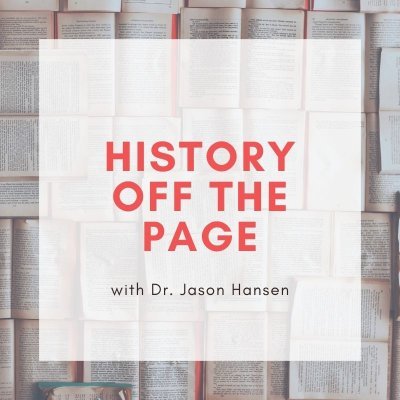This is a placeholder for your sticky navigation bar. It should not be visible.
| Fascism. The name has long been understood as the antithesis of democratic society. In this episode – the first of several exploring the topic, we examine the rise of fascism in Italy in the early 1920s. Topics covered include: the Intro (0:50), What is Fascism (14:58), Italian Nation-building (25:39), Italy in World War I (32:32), Postwar Italy (42:30), Gabriele D’Annunzio (1:05:48), Benito Mussolini (1:14:36), the March on Rome (1:21:46). |
Image: Mostra della Rivoluzione Fascista (c. 1933)
For more on the rise of Italian Fascism see:
Author of a number of important works on fascist Italy, Australian historian RJB Bosworth’s Mussolini’s Italy is a social history of the first fascist society. Among other things, it documents what fascism meant to both ordinary Italians and to some of Mussolini’s lieutenants. An excellent entry point into the subject for non-academic audiences.
For many years historians associated fascism with a resistance to modernity; Ben-Ghiat’s Fascist Modernities has been part of a more recent re-evaluation of fascism, which views it as more of an alternative modern than an anti-modern movement.
historyoffthepage.com © 2024


